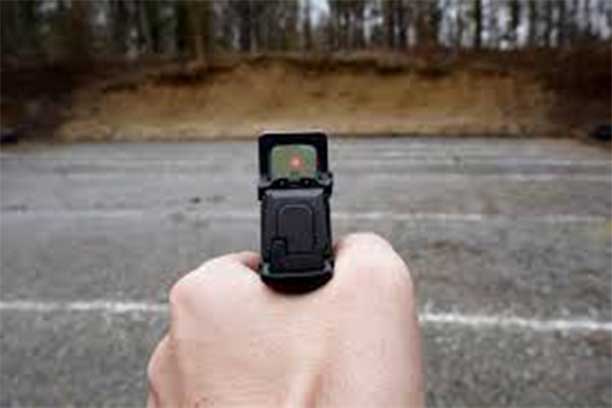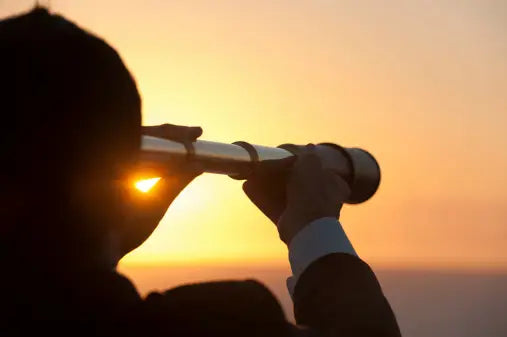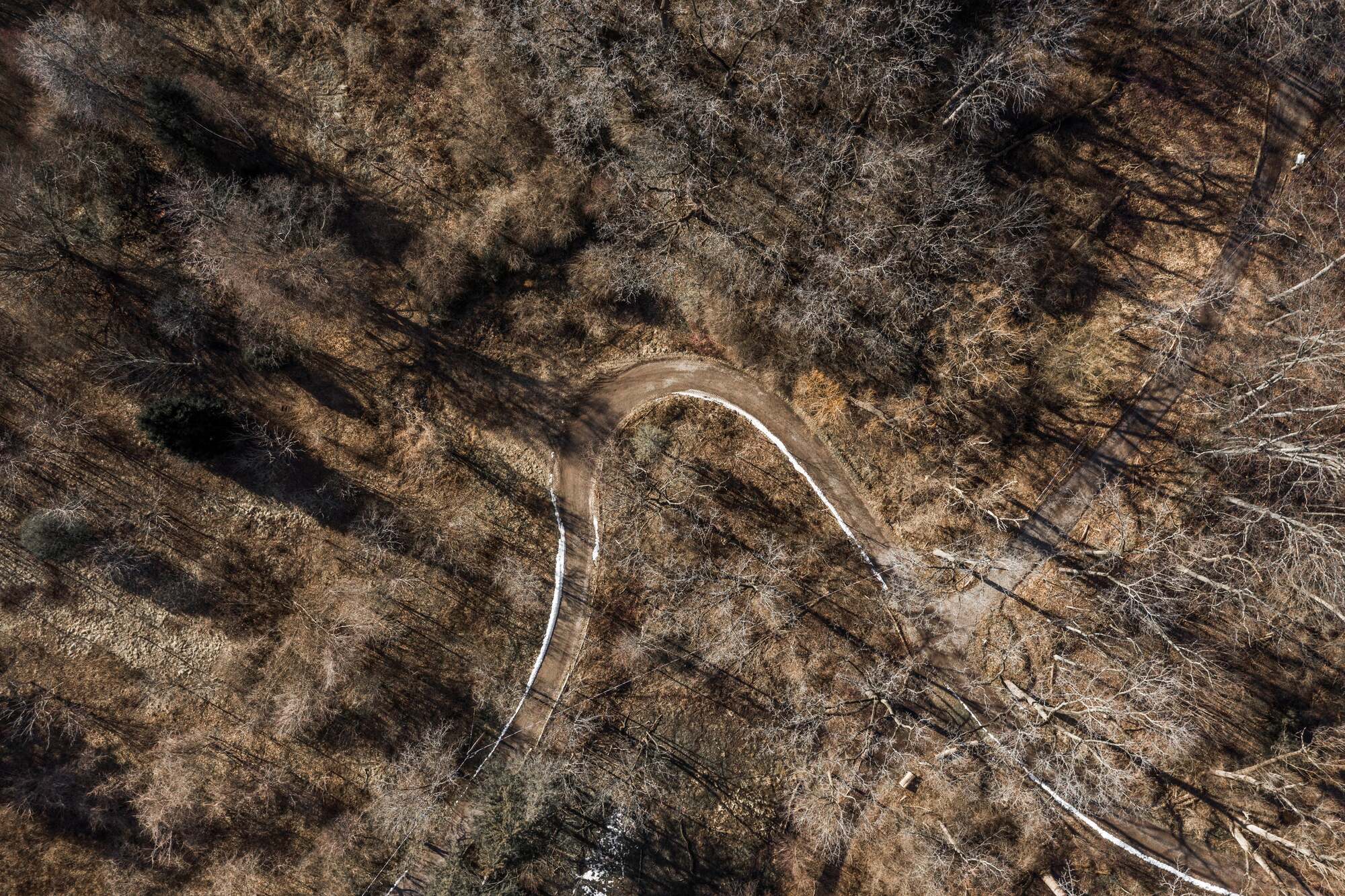Clay shooting competition, also known as clay pigeon shooting, is a challenging and exhilarating sport that combines marksmanship, quick reflexes, and mental acuity. This article delves into the rich history, global popularity, rules, events, and cultural significance of this captivating sport.
History
The origins of clay shooting can be traced back to the mid-19th century. Aristocratic hunters, eager to maintain their shooting skills during off-seasons, began using glass balls as moving targets for practice. In the 1880s, the invention of a device capable of throwing these glass balls in the United States marked a significant step towards formalizing the sport.
A pivotal moment in the sport's history came around 1920 when clay pigeons replaced the fragile glass balls as the standard target. This shift not only enhanced safety but also increased the sport's sustainability. From this point, clay shooting evolved into a standalone competitive sport, gradually gaining recognition and popularity worldwide.
The sport made its Olympic debut in 1900 at the Paris Games, although it wasn't until 1968 that it became a regular fixture in the Olympic program. Today, clay shooting events are among the most anticipated competitions in the Olympic shooting discipline.

Global Popularity
Clay shooting has garnered enthusiasts across the globe, with particular strongholds in several regions:
- United Kingdom: As one of the sport's birthplaces, the UK boasts a long-standing clay shooting tradition. The British Shooting organization oversees numerous events and competitions throughout the year.
- United States: Clay shooting enjoys immense popularity in the US, especially in rural areas. The National Skeet Shooting Association and National Sporting Clays Association play crucial roles in promoting the sport like Florida Region. Click here for more information on the Florida Sporting Clays calendar.
- Italy: A powerhouse in European clay shooting, Italy has produced numerous world-class shooters and hosts several international competitions.
- Australia: With its vast open spaces, Australia offers abundant shooting ranges and clubs, fostering a thriving clay shooting community.
- China: In recent years, China has emerged as a formidable force in Olympic clay shooting events, investing heavily in training programs and facilities.
Rules and Disciplines
Clay shooting competitions are primarily divided into three main disciplines:
Trap Shooting: Targets are launched from a single "house" or machine, generally flying away from the shooter at various angles.
Skeet Shooting: Targets are launched from two fixed "houses" at either end of a semicircular layout, crossing in front of the shooter.
Sporting Clays: Often described as "golf with a shotgun," this discipline simulates hunting situations with targets thrown at various angles, speeds, and distances.
Scoring is straightforward: one point is awarded for each target hit. In case of ties, especially in high-level competitions, shoot-offs are conducted to determine the winner.
Major Events
Olympic Games: The pinnacle of clay shooting competition, featuring Trap and Skeet events for both men and women.
ISSF World Cup: An annual series of competitions organized by the International Shooting Sport Federation.
World Championships: Held every four years, these events cover all clay shooting disciplines.
Continental Championships: Such as the European Championships and Pan American Games.
National Championships: Most countries with significant clay shooting participation host their own national events.
Culture & Social Aspects
Clay shooting is more than just a competitive sport; it's a cultural phenomenon and social activity:
- Club Culture: Many enthusiasts join local shooting clubs, which serve as hubs for training, competition, and social interaction.
- Family Tradition: In some regions, clay shooting is a family pastime passed down through generations.
- Corporate Events: Companies often organize clay shooting events for team building or client entertainment.
- Rural Lifestyle: In many countries, clay shooting is viewed as an integral part of rural life and traditions.
- Gender Inclusivity: While historically male-dominated, the sport has seen a significant increase in female participation in recent years.
- Environmental Awareness: Modern clay shooting emphasizes environmental responsibility, using biodegradable clays and non-toxic ammunition.

Equipment and Technology
The evolution of clay shooting has been accompanied by advancements in equipment and technology:
Shotguns: From traditional side-by-side shotguns to modern over-under and semi-automatic designs, shotgun technology has significantly impacted the sport. Traditional side-by-side shotguns, known for their classic design and reliability, have long been a staple among shooting enthusiasts. Modern over-under shotguns provide improved balance and accuracy, making them a favorite in competitive shooting events. These shotguns allow for quick barrel selection and better control over different shooting scenarios. Semi-automatic shotguns, with their ability to cycle the next shell automatically, offer faster follow-up shots and reduced recoil. This technology is particularly advantageous in dynamic shooting disciplines like sporting clays.
Ammunition: The development of specialized clay shooting ammunition has improved performance and reduced environmental impact.
Clay Targets: Modern clays are designed to be more consistent in flight and more environmentally friendly.
Launch Machines: Sophisticated traps can now simulate a wide variety of target presentations, enhancing training and competition.
Electronic Scoring: Many high-level competitions now use electronic scoring systems for increased accuracy and efficiency.
Safety and Education
Safety is paramount in clay shooting:
1. Strict Protocols: All participants must adhere to rigorous safety rules and guidelines.
2. Professional Instruction: Novices are required to undergo training with certified instructors.
3. Equipment Management: There are strict regulations regarding the storage and use of firearms and ammunition.
4. Range Design: Shooting ranges are carefully designed with safety as a primary consideration.
5. Youth Programs: Many regions offer junior clay shooting programs that emphasize safety awareness and responsible firearm handling.
Benefits & Skills Development
Participation in clay shooting offers numerous benefits:
Physical Coordination
The sport enhances hand-eye coordination and reflexes. Clay shooting requires precise timing and accurate movements to hit the moving targets. Each shot demands a harmonious synchronization of the shooter’s eyes, hands, and body, improving overall physical dexterity. Regular practice helps to develop these skills further, making shooters more adept at quickly aligning their sights and pulling the trigger with precision. This improvement in physical coordination not only benefits shooting performance but also enhances general motor skills useful in everyday activities and other sports..
Mental Focus
Success in clay shooting requires intense concentration and mental discipline. Shooters must remain calm and focused, often under pressure, to accurately track and hit the fast-moving targets. This mental rigor trains the brain to maintain high levels of concentration for extended periods, filtering out distractions and honing decision-making skills. The necessity to quickly assess the target’s speed, angle, and trajectory while maintaining steady breathing and control fosters a mental discipline that can be beneficial in various aspects of life, from work to personal pursuits.
Stress Relief
Many participants find the sport to be an effective way to relieve stress and tension. The combination of physical activity, outdoor environment, and the challenge of the sport provides a healthy outlet for stress. Engaging in clay shooting allows individuals to focus solely on the present moment, diverting their minds from daily worries and pressures. The physical exertion of aiming and shooting, combined with the satisfaction of hitting targets, releases endorphins that promote a sense of well-being and relaxation, making it a therapeutic activity.
Social Interaction
Clay shooting events provide opportunities for social engagement and networking. These events often bring together people with a shared interest, fostering camaraderie and friendship. Participants can exchange tips, share experiences, and support each other, creating a sense of community. Whether in casual settings or competitive environments, the sport offers numerous occasions for socializing, building relationships, and expanding one’s social network. This social aspect enhances the overall enjoyment of the sport and can lead to lasting personal and professional connections.
Outdoor Appreciation
The sport often takes place in picturesque outdoor settings, fostering an appreciation for nature. Many clay shooting ranges are located in scenic areas, offering participants the chance to enjoy beautiful landscapes while engaging in their sport. The outdoor environment not only provides a refreshing change from indoor activities but also promotes physical and mental well-being. The connection with nature enhances the overall shooting experience, encouraging participants to value and protect natural surroundings, and contributes to a greater sense of environmental stewardship.
As the sport moves forward, it faces challenges such as environmental concerns and the need to attract younger participants. However, with its rich history, global appeal, and the dedication of its enthusiasts, clay shooting is well-positioned to continue thriving. Whether as a competitive pursuit or a leisurely pastime, clay shooting offers participants a chance to test their skills, enjoy the outdoors, and be part of a vibrant sporting community.







